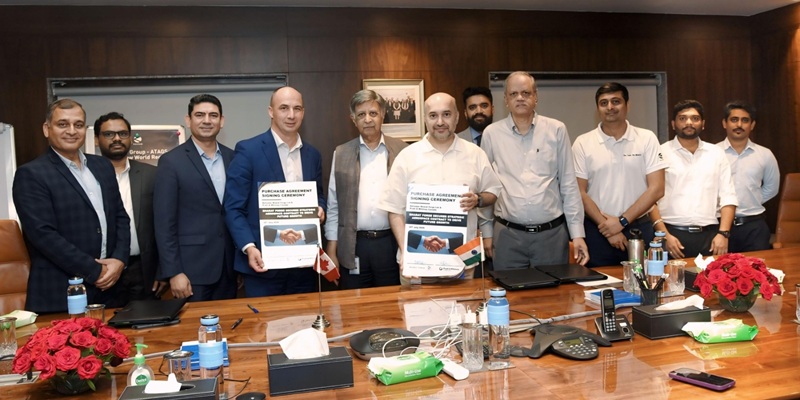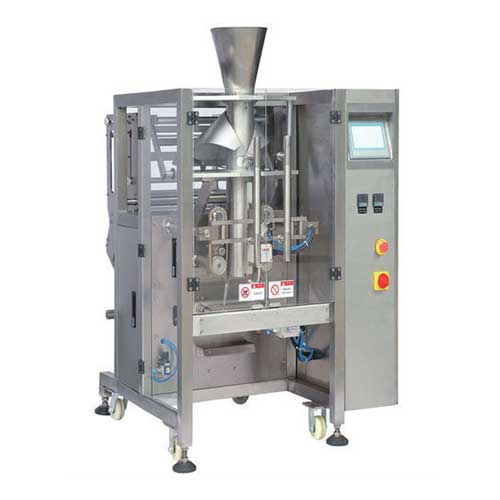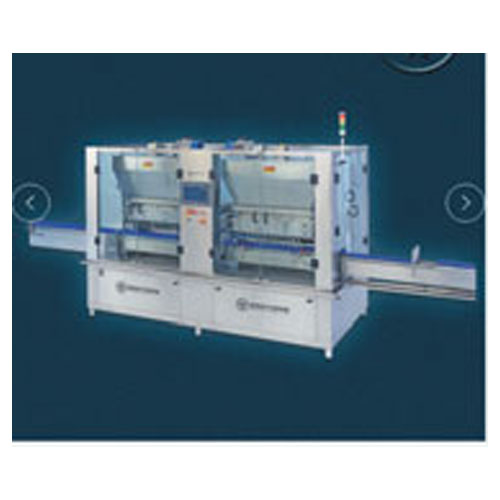Schedule a Call Back
Indian packaging sector: Packed to perfection
 Technical Articles
Technical Articles- Nov 01,17

Related Stories

Bharat Forge to Set Up Advanced Ring Mill for Aerospace Applications
Bharat Forge Ltd. is establishing a state-of-the-art ring mill for aerospace applications, strengthening its partnership with Pratt & Whitney Canada, and advancing India’s aerospace manufacturing ..
Read more
Reduce assembly work by 80% with separable igus polymer flange bearings
At LIGNA 2025, the motion plastics specialist is presenting a new version of the igubal flange bearings, which are easy to replace
Read more
Indian Aerospace & Defence Sector: The Emerging Global Manufacturing Powerhouse
Bolstered by rising budgets, modernisation drives, Make in India initiative and export expansion, India’s aerospace and defence (A&D) sector has emerged as a promising sector for investors. Rahul ..
Read moreRelated Products

Automatic Food Snacks Packaging Machine
Grace Food Processing & Packaging Machinery offers
automatic food snacks packaging machine.

Vacuum Packing Machines
IPK Packaging (India) offers vacuum packing machines.

Liquid Filling Machines – Viscofill-300
Brothers
Pharmamach (India) Pvt Ltd offers a wide range of liquid filling machines –
viscofill-300.
















